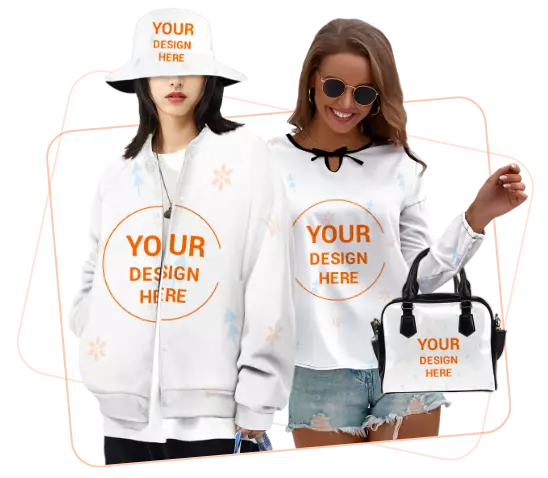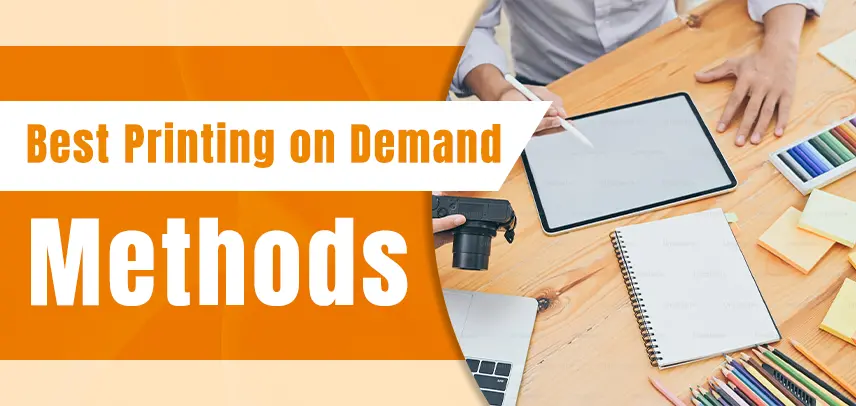
Top 7 Printing Methods for Your Print on Demand Business (2025)
Print-on-demand is a game-changer business model. It allows people to flaunt their individuality while not having to put in all the effort of getting their clothes made from scratch.
But while the print-on-demand model does present some incredible opportunities for online sellers, there is one crucial factor that can make or break your success: choosing the right printing method.
There are several different printing techniques used by print-on-demand businesses, each with their own pros and cons. But finding the best one for your business requires some careful consideration.
Let’s take a look at the top print-on-demand methods used, so you can make a more informed decision around which technique to use.
7 Most Common Print-on-Demand Printing Methods
It’s important to keep in mind that there is no one-size-fits-all approach when it comes to printing. Different products, designs, and customer preferences often call for specific printing techniques.
1. Direct-to-Garment (DTG) Printing
Direct-to-Garment (DTG) printing is a contemporary method that involves printing directly onto textiles, much like a traditional inkjet printer does on paper. This technique is particularly well-suited for complex, detailed, or colorful designs, making it a popular choice for custom apparel.
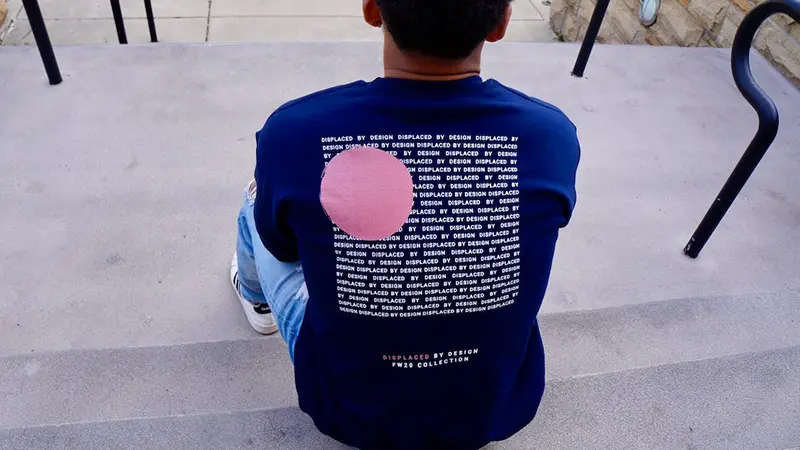
Pros
- High quality and detailed prints, so it’s quite useful for complex designs
- No color limitations
- Usually doesn’t require large order quantities
- Ink bonds with fabric, so it has a soft and comfortable finish
- Can be done quite fast
Cons
- Limited material compatibility
- Can be costly for larger orders
- Doesn’t work as well on dark-colored fabrics
- The ink os costly
- Ink can fade over time
2. Sublimation Printing
Sublimation printing transforms ink into a gas that permeates polyester fabrics, creating vibrant and durable designs. It’s a preferred choice for products like custom activewear, flags, and home decor items.

Pros
- Vivid and permanent prints
- Full-color printing
- Doesn’t add texture and has a smooth finish
- Great for printing high-res, photo realistic designs
Cons
- Limited material compatibility
- Only good for polyester-based material
- Doesn’t work well on dark fabrics
- Requires special equipment and material which can be very expensive
- Not suitable for natural fibers like cotton
3. Heat Transfer Printing
Heat transfer printing is a versatile method that involves the transfer of a printed design onto a surface via heat and pressure. It involves the application of a printed design to a substrate via heating and pressing it onto the material. This technique is common in the manufacture of custom garmentspersonalized accessories. It works well on a range of materials, including cotton, polyester, and hard surfaces like ceramic mugs and aluminum.
Pros
- Works on a wide range of materials
- Offers full-color, detailed prints with excellent color vibrancy
- No color limitations
- No setup costs or minimum order requirements
- Prints are durable and can handle frequent washes
Cons
- Prints will eventually fade out or crack over time
- Print can reduce fabric’s breathability
- Heat adds a slight texture to fabric surface
- Not suitable for all fabrics
- Can become costly for larger print runs
4. Screen Printing
Screen printing is a traditional yet highly effective technique that involves the use of stencils to push ink through a mesh screen onto a substrate. This method dates back almost a thousand years, and is well-suited for larger print runs.
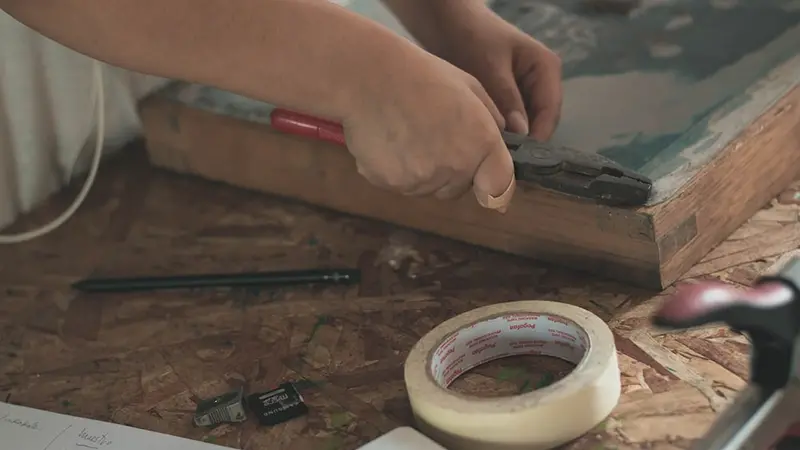
Pros
- Long-lasting and durable.
- Vibrant colors with good opacity.
- Suitable for large quantities.
- Versatile and can be applied to various materials.
- Offers a wide range of ink types.
Cons
- Not cost-effective for small runs.
- Limited detail in designs.
- Longer setup time.
- Additional cost for each color used.
- Not ideal for soft, breathable prints on fabric.
5. Vinyl Printing
Vinyl printing, also known as heat transfer vinyl (HTV), is a method that involves cutting out designs from colored vinyl sheets and applying them to a substrate using heat and pressure. This technique is often used in personalized apparel, home decor, and accessories.
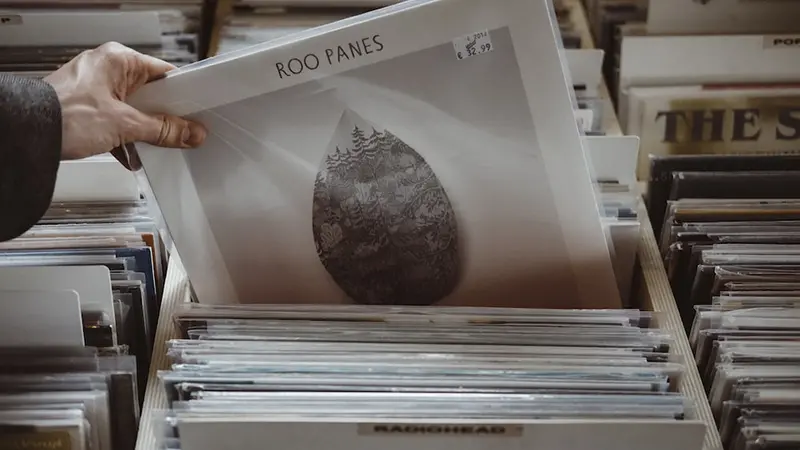
Pros
- Durable and long-lasting.
Ideal for small print runs.
High precision and fine detail.
Works well with solid-color designs.
No color limitations.
Cons
- Limited to simple, solid-color designs.
- Can add a slight texture to the fabric.
- May peel or crack over time, especially on fabric.
- Less cost-effective for large quantities.
- Not suitable for dark or black fabrics.
6. Dye-Sublimation Printing
Dye-sublimation printing is a unique process that ensures high-quality, full-color designs on a wide range of products. Designs are printed onto transfer paper and then transferred to a substrate using heat and pressure. This method is a top choice for items like custom mugs, phone cases, and home decor.
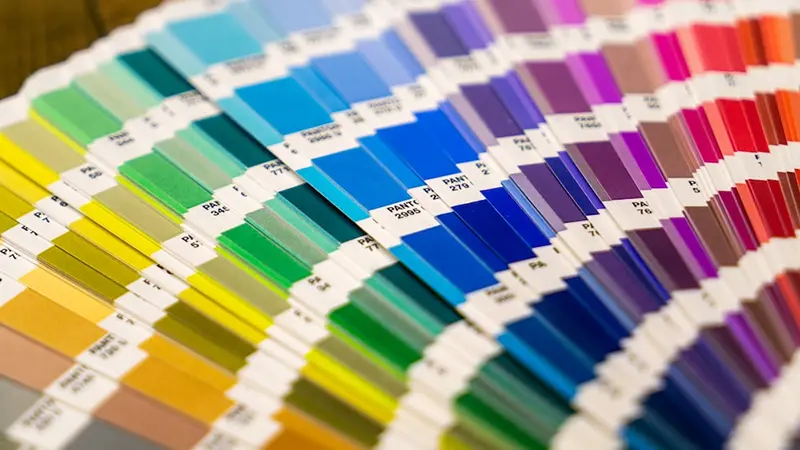
Dye-sublimation is commonly used for personalized gifts, sports merchandise, and promotional products. Dye-sublimation is best suited for 100% polyester fabrics and items with high polyester content.
Pros
- Vibrant and long-lasting prints.
- Suitable for a wide range of polyester-based items.
- No limit on colors in the design.
- Smooth, no added texture to the substrate.
- Ideal for high-resolution and photorealistic designs.
Cons
- Limited material compatibility (polyester-based items only).
- Unsuitable for dark-colored fabrics.
- Requires specialized ink and substrates.
- Not compatible with natural fibers like cotton.
- Specific equipment and heat presses are needed.
7. Foil Stamping
Foil stamping is a specialized printing technique that adds a touch of luxury and elegance to products. It uses heat and pressure to transfer metallic or colored foils onto a substrate, creating a visually striking effect. This method is often chosen for items with a premium and sophisticated feel.
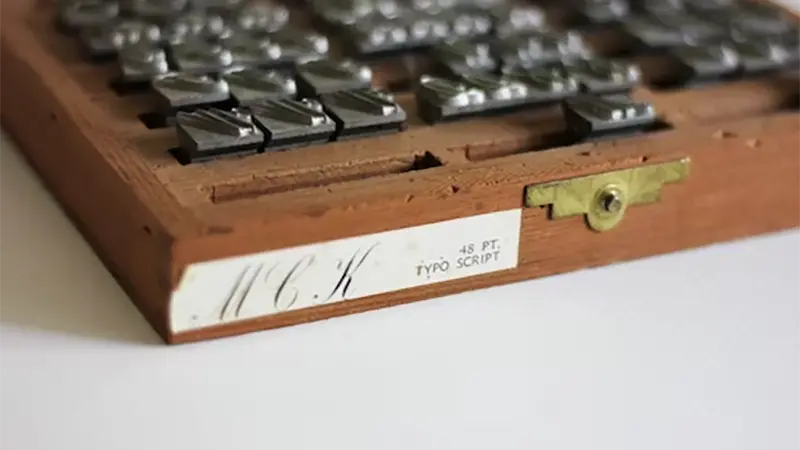
Because of this, foil stamping is typically found on high-end packaging, wedding invitations, and luxury merchandise. Foil stamping can enhance various materials, including paper, cardstock, leather, and some plastics.
Pros
- Creates eye-catching and luxurious designs.
- Adds a premium touch to products.
- Available in various metallic and colored foils.
- Suitable for high-end packaging and invitations.
- Provides a distinct and textured finish.
Cons
- Generally not cost-effective for large print runs.
- Limited to metallic or colored foils.
- Not suitable for intricate or highly detailed designs.
- May not work well on certain materials.
- Requires special equipment and setup.
Conclusion
Each of these methods has its own unique benefits, making it suitable for specific types of products. When setting up your print-on-demand business, make sure you look into the printing method to make sure it aligns with what you want your products and offering to look like. Depending on the materials you allow prints on, and the target audience, the best printing method for you will change.
By doing your research, you can find the best method for your business and determine your success as a print-on-demand venture!
FAQ
1. What factors should I consider when choosing a printing method?
When selecting a printing method, consider factors such as your target audience, the type of products you’re offering, order quantities, design complexity, budget, and the materials you plan to print on.
2. How can I prevent fading of customized prints over time?
To minimize fading, follow care instructions, which typically involve washing garments inside out, using cold water, and avoiding harsh detergents or bleach.
3. Are there environmental considerations when choosing a printing method?
Yes, environmental factors should be considered. Some printing methods, like screen printing and vinyl printing, may involve more chemicals and waste. DTG and dye-sublimation printing are considered more eco-friendly options due to their lower environmental impact. However, sustainable ink and substrate choices can make a difference as well.



